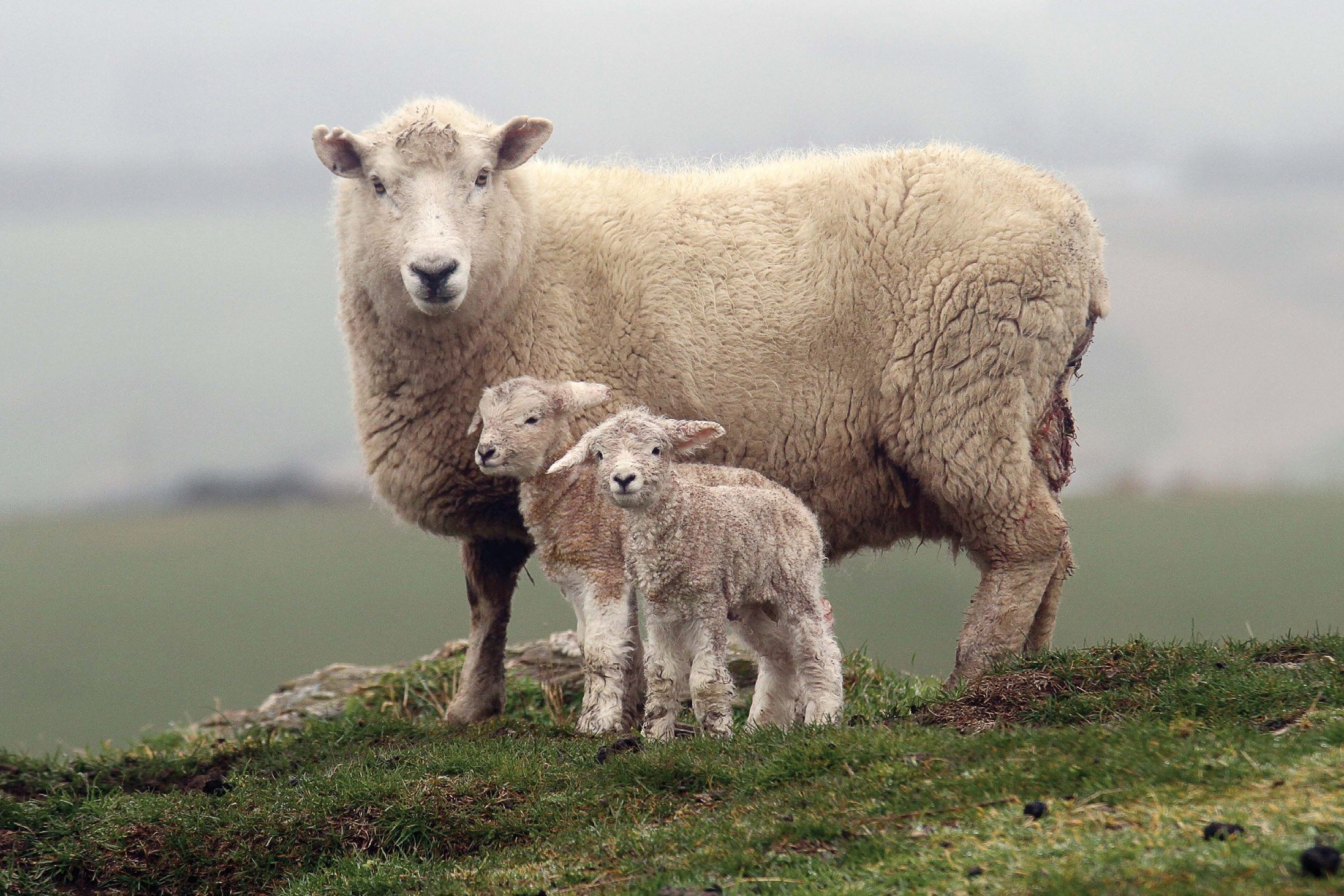Recovering from a poor lambing
By Kerry Dwyer

Lambing time has been difficult for some, with the weather reducing the number of lambs below expectations. Pasture growth has been limited also, so how do you get more from what lambs you do have?
Let’s look at the scenario: you had 2000 ewes mated, and you hoped for 130% lambing survival to sale. Pregnancy scanning removed 75 empty ewes and showed a potential of 2900 lambs from the remainder, being 150%. You then set stocked 1925 ewes, being 960 twinning and 965 single-bearing ewes.
The weather hit over lambing and the survival rate suffered more than normal so you saw 2200 lambs through the tailing yards. The single mobs tailed 85%, being 820 lambs while the twins mobs tailed 1380 lambs, or 145%.
Your options are to sit and watch for things to get better, or do some work. If you want to retrieve the situation then having a plan and doing some work might be well worth the effort.

Let’s start with the single mobs. If the pregnancy scanning was accurate, and ewe death rate was minimal there should be just under 140 ewes with no lambs. They will get fat at the expense of the lactating ewes. If you get them out of the mobs that lowers the stocking rate for the remainder by 15%. Feeding the single-lactating ewes at a lower stocking rate is going to have a considerable effect on the ewes, allowing them to gain weight, but also giving their lambs more feed which will show in better weaning weights.
In the twinning ewes there might be a similar percentage of ewes that have lost both lambs, being up to 70 of them. Taking them out at docking or soon after gives 890 ewes with one or two lambs on them. On these figures there would be about 490 ewes feeding twins and 400 feeding one lamb.
Sorting whether these twinning ewes have one or two lambs remaining will be very difficult, so you are looking at running them in those mobs, unless you have exceptional stockmanship and time for the job. But note that overall you now have about 1700 ewes with lambs, allowing 15% more feed for them with the wet/dry ewes taken out.
Then look at your grazing management plan. Set stocking is simple but the best results are from rotational grazing because rotational grazing allows higher pasture covers to grow more grass – maybe 30% more.
The difficult part is getting from the lambing set stocking to the post-docking rotation in terms of both pasture cover and moving the mobs without stress on the maternal bonds. Taking the first shifts easy trains them and subsequent shifts become natural for them.
The first paddocks might be low on pasture cover but pasture will build with the grazing intervals. A common statement is that there is nothing to move them on to, then by definition set-stocking them will have them on even less than that!
Shut those gates and rotate those mobs. Aim for manageable-size mobs of 200-300 ewes covering maybe five or six paddocks on a 20-day rotation.
What is your lamb sale plan going to be?
We know that single lambs get more milk so wean at heavier weights. We know that terminal-sired lambs have hybrid vigour so wean at heavier weights. Is your plan to get those lambs growing for earlier sale? So, feeding them the best pastures – plantain and clover or lucerne will boost that even further. Or you might go the other way and say the twin mobs get the preferential treatment so there is less tail end at weaning. Having some plan and decision making on this will be better than not. Remember that maybe half the lambs in the twin mobs are being reared as singles in this scenario.
Good decisions are based on good information, whether that be objective or a very good subjective assessment (often called stockmanship). If in doubt go for the objective assessment – sample-weigh some lambs regularly from docking onwards, spray-raddle their weight on them or tag them, monitor growth rates. Lamb growth rates pre-weaning are the best achieved over their lives, money in the bank at weaning if you get it right.
Weaning dates should be set as part of a management plan, rather than being a date on the calendar. Think about what you are trying to achieve in terms of weaning weights and sale plans.
In this scenario you have 2200 lambs instead of a hoped-for 2600. That means having 1700 for sale instead of 2100. Industry picks I have read think we might be looking at an average lamb selling for $137/head in the coming season, 400 fewer lambs means $55,000 less income. To pick that up from the 1700 lambs means lifting the average price by $32/head.
If you are selling store lambs that might be an additional 8kg liveweight, or over 4kg carcaseweight on prime lambs. While those figures might seem daunting, getting even half that gap filled will not happen without some planning and serious effort. The $55,000 shortfall might be your drawings for the year, so retrieving it is your year’s work.
• Kerry Dwyer is a North Otago farm consultant and farmer.




